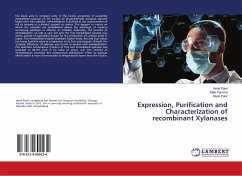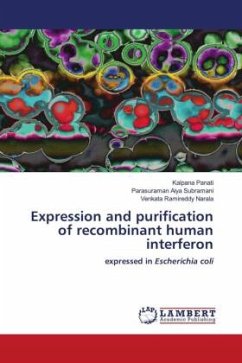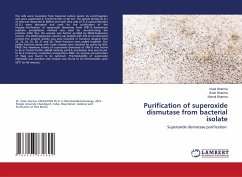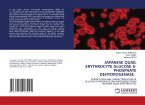Adenosine-triphosphate-sensitive K+channels [K+(ATP)] are the protein channels responsive to changes in ATP/adenosine diphosphate (ADP) ratio and provide a means to couple movement of potassium ions, to relate membrane potential with cellular energy status. Various subfamilies of K+(ATP) channel proteins, designated as Kir1.0 to 7.0, share significant amino-acid homology (40%) among them. The Kir6.0 subfamily consists of Kir6.1 and Kir6.2 proteins with around 70% amino acid homology. Kir6.1 is widely expressed in tissues, including pancreatic islets, heart, skeletal muscle and brain. K+(ATP) channels are assembled from two different subunits, a Kir subunit that forms the ion-conducting pore and a sulfonylurea receptor (SUR), a member of the ABCC subfamily. Activation of an K+(ATP) channel is known to be an important part of endogenous protective signalling that promotes cellular survival under conditions of metabolic stress. More recently, evidences suggest that activation of sarcolemmal and mitochondrial K+(ATP) channels may promote cellular survival and act as central effector molecules in ischemic/hypoxia preconditioning.
Bitte wählen Sie Ihr Anliegen aus.
Rechnungen
Retourenschein anfordern
Bestellstatus
Storno








